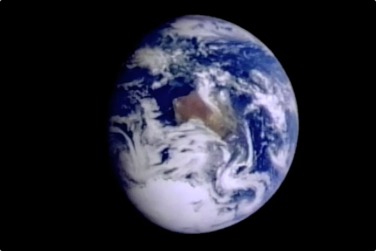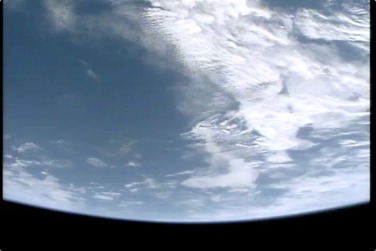Our planet is alive. Active is the word that planetary geoscientists use. Wind and water, earthquakes and volcanoes, plants and animals all interact in a constant makeover of the planet surface. We get our fair share of asteroid and comet impacts too. We'd look like Mercury or the moon if not for Earth's self-rejuvenating processes.
And one of the most important rejuvenation processes is called plate tectonics. Individual plates of Earth's crust move—very slowly on the human time scale. Continents crash, crumple, and are driven beneath one another.
Seventy-one percent of Earth's surface is covered by water, the fluid of life. Its ability to cycle between ice, liquid, and vapor drives a lively atmosphere.
And that atmosphere is unique among all the worlds in the solar system. It's composed of 77% nitrogen and 21% oxygen, with traces of many other gases. Where did all the oxygen come from? Life! If you're looking across the galaxy in search of a world inhabited by creatures and plants like us, just look for a planet with large amounts of oxygen in its atmosphere.
In the late 1960s, the Apollo missions to the moon showed us a view of Earth from this cosmic perspective—a warm island of vitality set against the cold, empty blackness of space.

